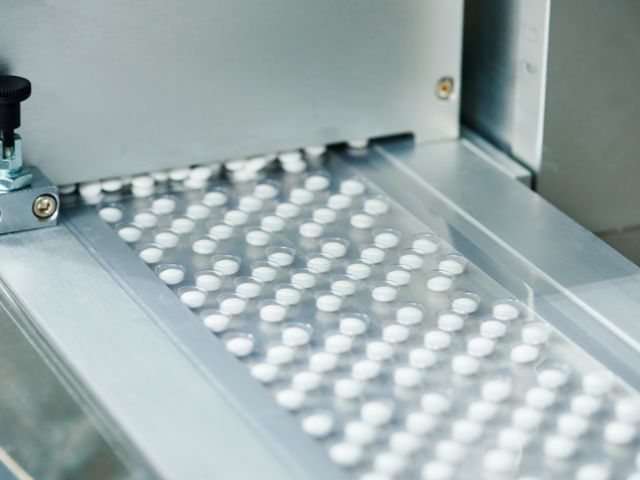

Professionals in the medical sector operate under the highest standards and regulations. One such standard is traceability, which ensures manufacturers and regulators can track and account for each step of a medical device’s lifecycle, from the moment of its manufacture to its distribution and eventual use. We’ll explain what traceability means in medical manufacturing, its significance, traceability regulations, and more.
Medical manufacturing is a highly regulated industry where traceability ensures patient safety. Traceability refers to the capacity to trace the history, application, or location of the device in question. It helps us track and verify the medical devices reaching patients, especially in case of a recall or an adverse event.
We can’t overstate the importance of traceability, especially when considering the pharmaceutical and medical device supply chains. Traceability also aids in combatting counterfeit medical devices and drugs, which can be life-threatening.
Traceability holds a high position in the management of medical products in the supply chain. Manufacturers, distributors, and healthcare providers can drive productivity and efficiency while increasing transparency.
In a product recall, traceability systems can reduce the retrieval time for all affected items, limiting the potential risk to patients. It also plays a vital role in preserving a company’s reputation and financial standing.
Several components must be in place to establish an effective traceability system in medical manufacturing. This includes establishing a unique device identification (UDI) system, stringent serialization techniques, and data management systems.
Barcoding helps with quick and accurate tracking. These components work together to create a comprehensive traceability system that benefits all stakeholders in the medical manufacturing industry.
Regulatory compliance drives traceability in medical manufacturing. Different regions have varying regulations, but one primary standard is the FDA’s (UDI) system.
The UDI system requires manufacturers to label devices with a unique code that is easy to read and trace. Understanding and staying current with these regulations is crucial for any medical manufacturing company.
One of the most common methods of medical device traceability is laser marking. Traceability is just one way laser marking benefits the medical industry, along with improved sterilization and safety.
Laser marking offers a no-contact, low-to-no-waste method of marking medical devices with information that can last the product’s lifetime. The method provides clear, permanent marks resistant to wear and corrosion. Laser marking is expanding medical manufacturing capabilities, ensuring regulators can identify devices throughout their development.
Now, you should better understand what traceability means in medical manufacturing and its importance. Traceability is a fundamental practice that safeguards patients and enhances the medical supply chain’s efficiency.
Implementing and adjusting traceability systems will improve patient safety and lead to more efficient supply chains and operations. Traceability resonates throughout the entire medical manufacturing industry.
24World Media does not take any responsibility of the information you see on this page. The content this page contains is from independent third-party content provider. If you have any concerns regarding the content, please free to write us here: contact@24worldmedia.com
